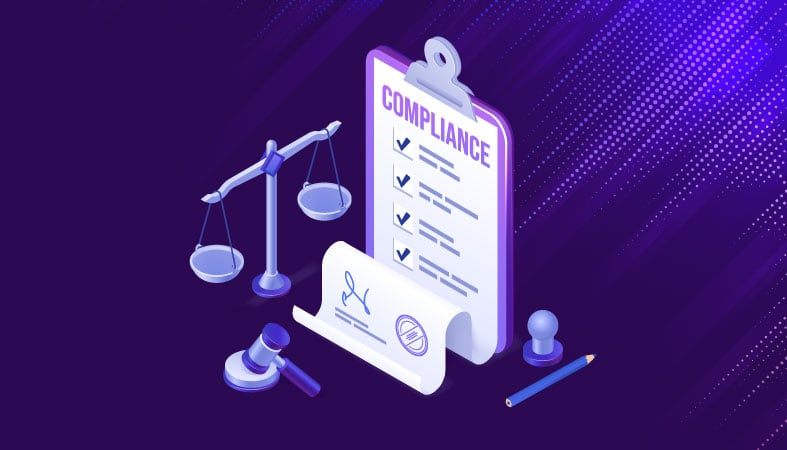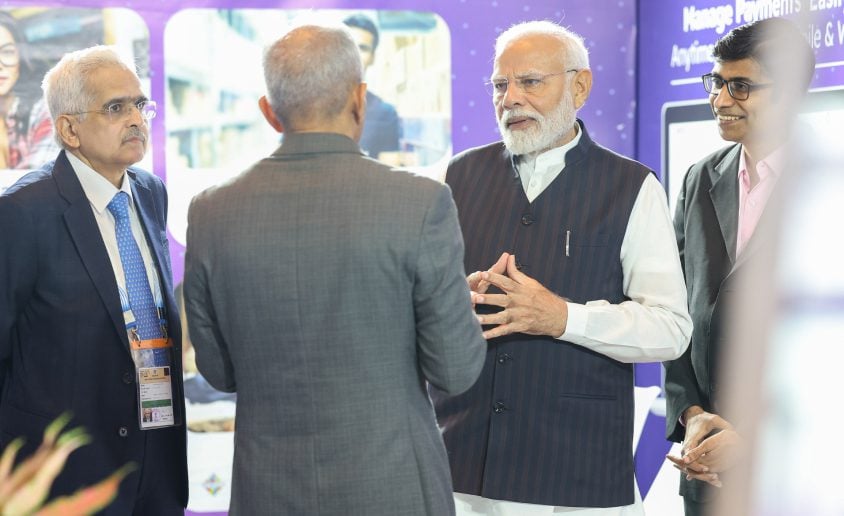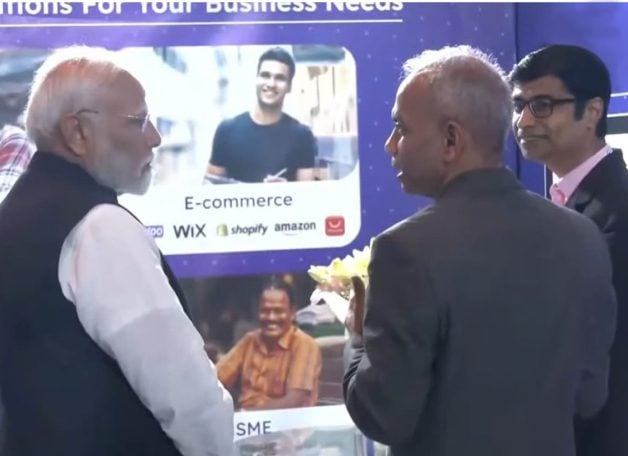India’s fast-growing cross-border trade landscape makes it easier for businesses to sell globally than ever. Payment should be as seamless as delivering your product, whether you’re exporting textiles from Jaipur, coding SaaS products in Bengaluru, or providing freelance design services to European clients.
Despite that, when that international payment lands in your Indian bank account, it’s often less than you expected. You checked the exchange rate on Google, but the result is a different story.
The culprit? Hidden FX markups.
What Are FX Markups, Why Do They Matter?
You receive international payments that are converted into INR before being credited to your account. Most payment providers advertise “zero fees” or “competitive rates,” but concealed charges are embedded in the exchange rate.
Here’s how it works:
- Mid-market rate (real rate): ₹83.00 per USD
- Rate you get: ₹81.50 per USD
- Hidden loss: ₹1.50 per USD
This means that even if a provider claims “no additional fees,” it will silently deduct 15,000 from the payment.
Why Many Payment Partners Don’t Disclose This
It is these markups that drive many cross-border payment platforms’ business models. Instead of charging you a visible fee, they profit from the margin between the actual exchange rate and the one they offer you. With FX spreads, they can advertise zero or flat fees while maintaining profit margins.
Due to this lack of transparency, businesses are left with:
- Income that is unpredictable
- Margins that are eroded
- Lack of visibility into true costs
What Transparent FX Should Actually Look Like
When it comes to cross-border payments, true transparency means:
- Visibility of mid-market rates in real time
- There are no hidden FX markups
- Flat processing fees that are clearly disclosed
- Transactions conducted in full transparency
Businesses can forecast revenue, reconcile accounts more quickly, and understand exactly how much they are earning.
India’s Changing Cross-Border Payment Landscape
India is becoming a serious player in global trade, digital services, and remote work. As a result, businesses especially MSMEs and new-age exporters are demanding better payment experiences.
This shift has brought fintech innovators into the spotlight. Thus, it comes as no surprise that traditional banking channels include:
- Payment settlements that are delayed
- Lack of transparency in forex exchange rates
- Complicated compliance procedures
- Quantity-based pricing discrimination
Fintech-Led Solutions: A Breath of Fresh Air
BriskPe is reimagining cross-border payments for Indian businesses. Here are some things that set them apart:
- Global collection accounts in your name in multiple currencies
- Real-time FX conversion with zero markup, not an “estimated” or “adjusted” rate
- eBRCs solutions and compliance documentation
- Flat, transparent fee of 0.75%
- RBI-approved infrastructure that ensures compliance
As a result, there will be less time wasted decoding discrepancies in rate and more time spent building a global business.
How FX Transparency Impacts Your Business
A better financial plan
With predictable conversion rates and disclosed fees, you can set accurate pricing and revenue targets.
Increased Profit Retention
The elimination of hidden markups can save thousands of dollars every year, which is particularly beneficial for high-volume exporters.
Streamlining reconciliations
The more you know about your expected payment, the less likely you are to run into accounting delays and reporting errors.
Stronger Partner Trust
A clear communication process and professionalism are valued by clients and partners, especially when money is involved.
Key Questions to Ask Your Payment Partner
Before choosing or sticking with a provider, ask:
- What FX rate are you offering and is it live?
- Do you apply a markup on the exchange rate?
- What fee structure do you follow flat, tiered, or hidden in conversion?
- Is your rate benchmarked against the mid-market rate?
- Can I see a breakdown of every transaction’s FX details?
If any of these questions are met with vague answers or no answers at all it’s time to re-evaluate.
Final Word: Your FX Rate Shouldn’t Be a Mystery
India’s cross-border ambitions are only getting stronger. But for that growth to be sustainable, Indian businesses need more than just access to international markets; they need clarity, control, and confidence in how they get paid.
With BriskPe, you don’t have to choose between growth and transparency. You get both compliance-ready, cost-effective, and truly transparent cross-border payment infrastructure that respects your revenue.
Because scaling globally shouldn’t come at the cost of hidden fees locally.
FAQ’s
1. What is an FX markup in cross-border payments?
An FX markup is built into the exchange rate offered by your payment partner. Instead of charging a visible fee, some providers offer you a lower rate than the actual mid-market rate, pocketing the difference as profit.
2. How can I know if my provider is applying a markup?
Compare the rate they offer with the live mid-market rate (available on Google or XE.com). If there’s a noticeable difference, it’s likely due to a hidden markup.
3. What does a transparent FX rate mean?
It means real-time visibility into the mid-market rate, no hidden markups, and clearly disclosed, flat processing fees allowing you to know exactly how much you’ll receive.
4. What questions should I ask before choosing a cross-border payment partner?
Ask about live FX rates, whether there’s a markup, their fee structure, if their rates benchmark the mid-market, and if they provide a full FX breakdown for every transaction.








